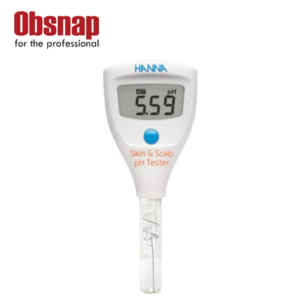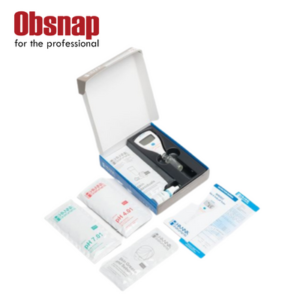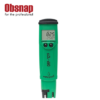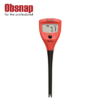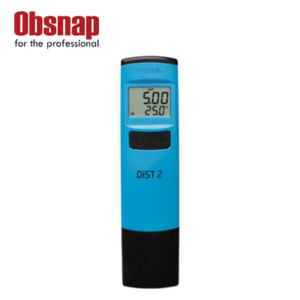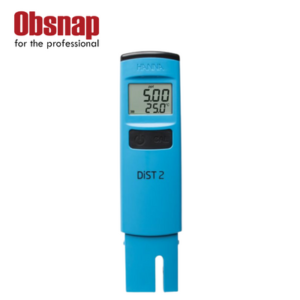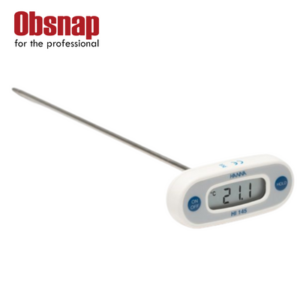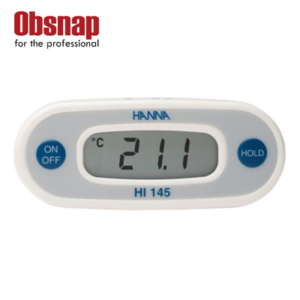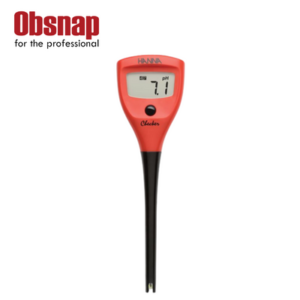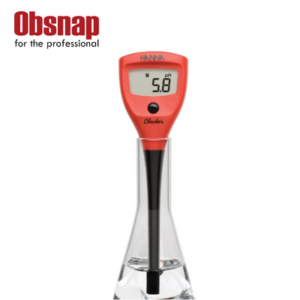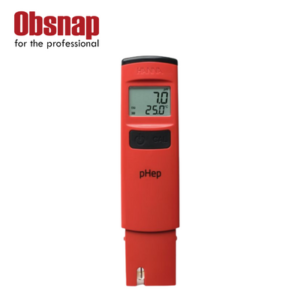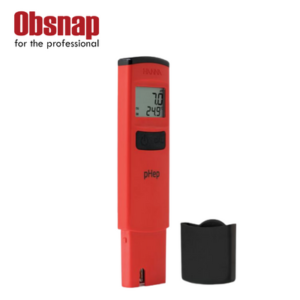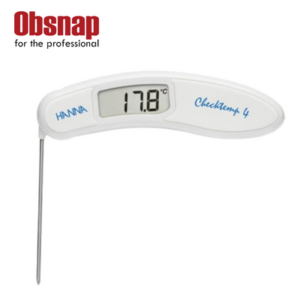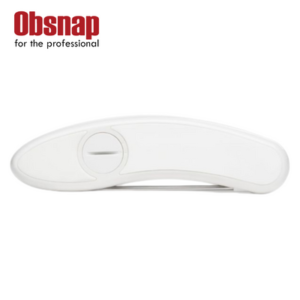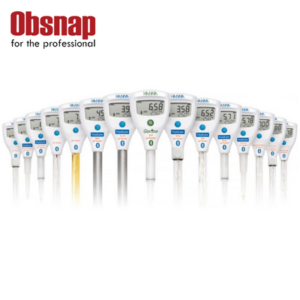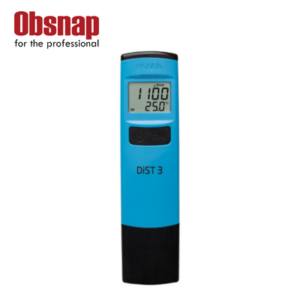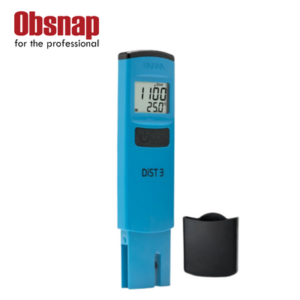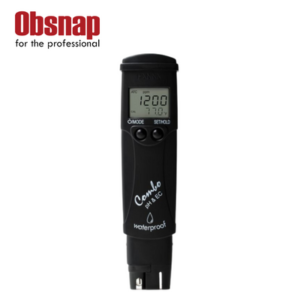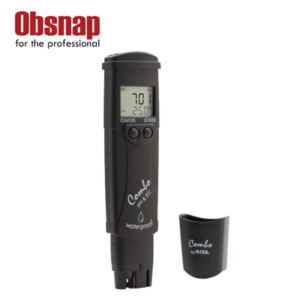Hanna Instruments HI981037 Skin and Scalp pH Tester
The pH of the skin and scalp can be measured using the HI981037 Skin & Scalp pH Tester. The built-in probe is perfect for determining the pH of skin and scalp surfaces since it has an open reference junction, a flat tip, and a reference electrolyte that doesn’t flow.
- ±0.05 pH accuracy
- Specialized electrode for spot checking the pH of skin and scalp
- Comes with everything necessary to start measuring right away
With a pH of roughly 5, the skin has a somewhat acidic pH. An acidic pH encourages the growth of good bacteria while protecting against dangerous bacteria and fungi. Skin conditions can develop or be made worse by skin pH disruption. Many soaps and skin care products are pH-balanced to prevent the product from changing the skin’s pH outside of a desired range.
The pH of the skin and scalp can be measured using the HI981037 Skin & Scalp pH Tester. It is simple to operate and just a single button for operating it. It features automatic pH calibration at one or two sites and a small, waterproof enclosure.
Species of electrodes
- The pH electrode’s flat tip allows for the best possible connection between the skin or scalp and the sensor. The reference electrolyte for the pH electrode is a non-flowing gelled electrolyte with an open connection architecture. The flat tip makes it possible for the pH sensor surface and reference junction to swiftly and consistently equilibrate when in contact with the skin or scalp.
- Flat glass tip: The flat tip offers the best surface contact for measuring the pH of the skin or scalp as well as impermeable surfaces.
- Specialized low temperature (LT) pH glass formulation offers rapid stabilization and precise results at lower temperatures.
- Open junction reference: Internal Ag/AgCl reference is used in the open junction design, which uses a solid gel interface between the skin or scalp and the reference. This interface produces a quick response and a consistent reading by preventing silver from leaving the junction and making it resistant to clogging. Smaller sample sizes are possible with this design because there isn’t a junction to submerge.



